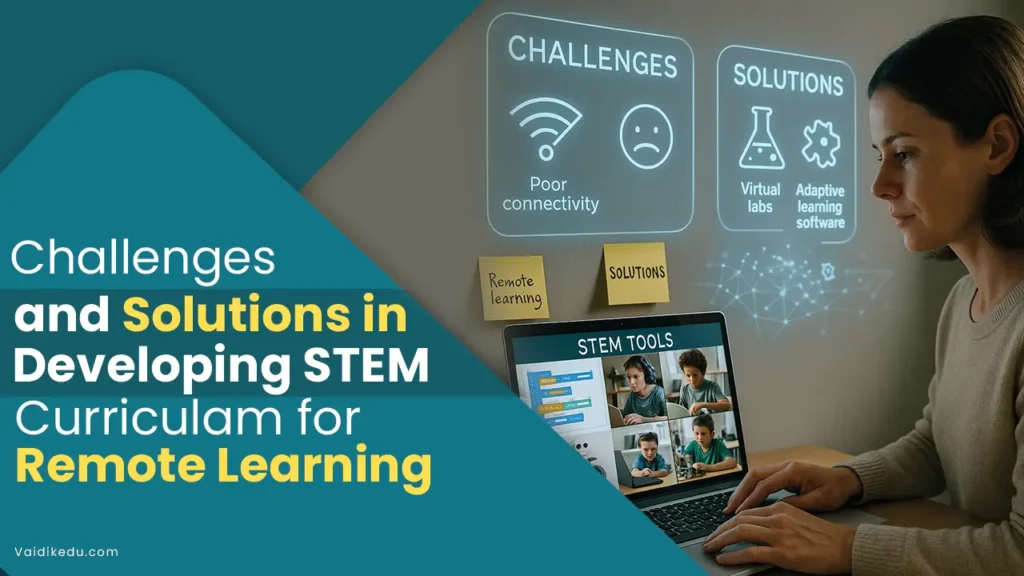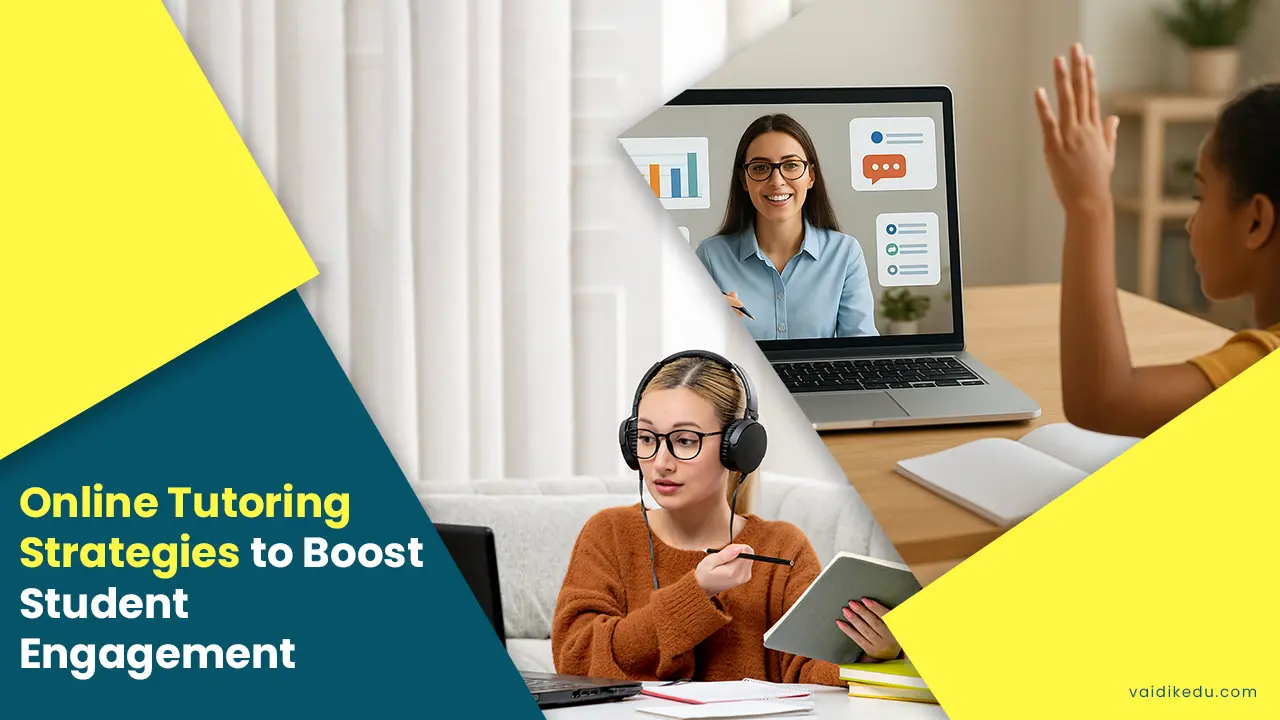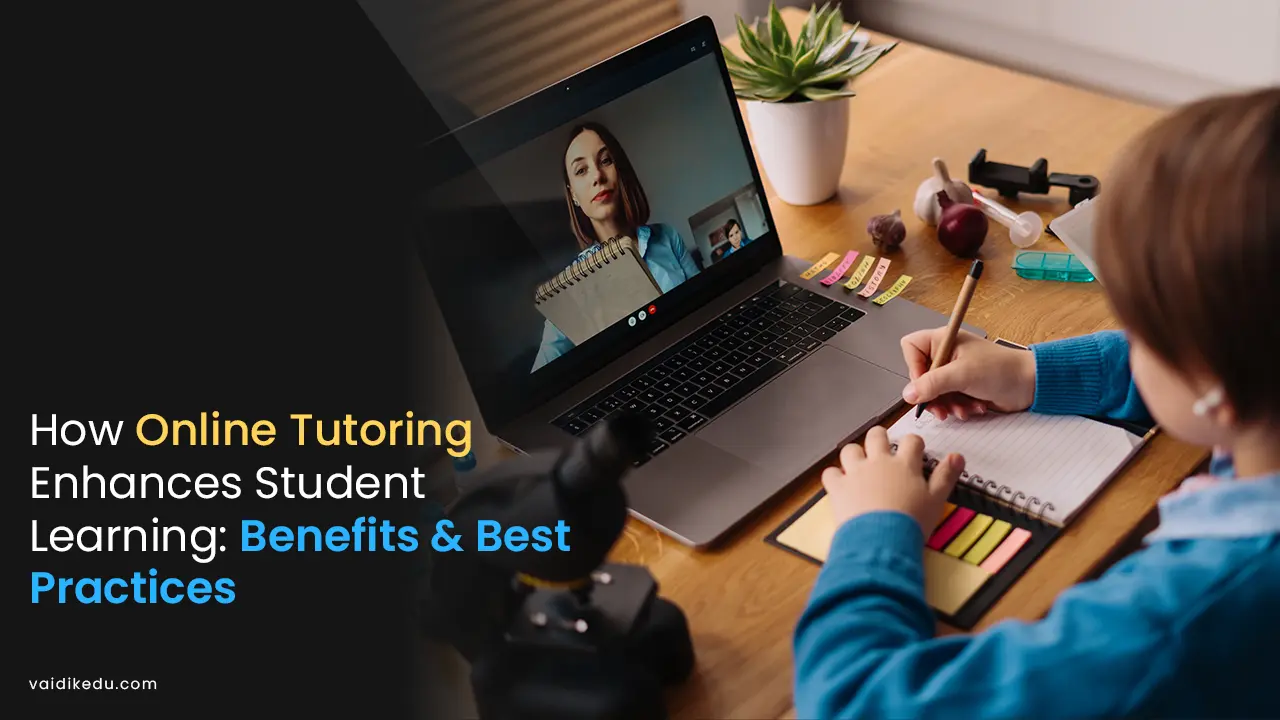STEM subjects (Science, Technology, Engineering, and Mathematics) require experiments and real-time problem-solving, which is why remote learning is challenging. Replicating the same quality of teaching that is offered in offline teaching in an online medium is not an easy task.
The recent COVID-19 pandemic shows this to us and the need to develop tools and technology for remote learning. It’s not only a backup for a pandemic-like situation but these tools can also be used for students who can not afford to come to an institution for their studies for various reasons like physical disabilities, financial problems, living in remote locations, etc. These tools are a boon for such students.
Challenges And Their Solutions
1. No Hands-On Experience- In remote settings, there is no way to get hands-on experience of the lab work, experiments, and projects which are the main source of attraction for students because they can see live demonstrations of the theoretical concepts they learn, and experiment for students is the only way to make them see what they learned is not something written in a book it’s the way things work in the existence.
Solution- Virtual Laboratories and Simulations are a great substitute for experiments and lab work. By proper guidance students can have a similar experience as they get if they are working in a real laboratory.
Platforms such as PhET Interactive Simulations and Labster offer realistic, interactive simulations of various experiments, allowing students to conduct virtual experiments.
These platforms also have an advantage over real labs, students can learn at their own pace and can do the same experiment multiple times in different ways which can help achieve mastery over the concept.
2. Engagement And Motivation- Engaging students in STEM subjects that require interest and enthusiasm has always been a tough task and motivating students in remote settings is “to add fuel to the fire.”
Solution- Gamification, which is the technique of making learning in the form of a game or puzzle. It’s kind of a fact that everyone plays a game with full involvement so if educators make engaging games that are encoded with sufficient knowledge the job is done and the need for motivating the students every time will come down as they are involved in the activity and also understand the concept.
Tools such as Kahoot!Quizizz, and Minecraft: Education Edition help educators create interactive quizzes, challenges, and projects that make learning fun and interactive.
In today’s world of artificial intelligence, it’s very easy to make multimedia content like videos, animations, and interactive modules that can help students understand complex STEM concepts.
There is a famous quote by Benjamin Franklin,
“Tell me and I forget, teach me and I may remember, involve me and I learn.”
Learning happens with involvement and games are one of the best ways to involve students.
3. Collaboration And Teamwork- One of the important qualities of individual persons is how good they are at collaborating with other people and their ability to work as a team with others. The success of any institution lies in teamwork. In remote settings, the students may feel lonely which is not good for their mental health.
Solution- Tools such as Google Workspace, Microsoft Teams, and Slack can help create the collaborative environment of a physical classroom. Through these platforms, students can work together on projects and interact in real time with text messages and video calls to discuss the project.
Educators should also conduct group meetings for group activities like debate etc. to encourage interaction and develop collaborative skills among students.
4. Assessment And Feedback- To know the current state of the student’s assessments is a must and giving proper feedback to the students so that they can improve is equally important.
As the teachers and students can’t interact physically, the traditional way of giving feedback on the written exams, practical work, and homework assignments is losing its interest among students and teachers and the chance of manipulation or academic dishonesty is always present.
Solution- To make sure these things won’t happen educators can use technology to have a check on the student’s work and its activities.
Along with this educators should introduce new techniques of assessment and feedback like Project-Based assessment where students have to apply their knowledge to create tangible outputs, such as reports, presentations, models, or prototypes, that will demonstrate their understanding and skills of the topic required in the project.
Conclusion
Creating effective STEM curriculum for remote learning can be challenging, but these challenges can be overcome with the right tools and strategies. Virtual laboratories and simulations offer valuable hands-on experience, while gamification and interactive content enhance engagement and motivation.
Additionally, collaborative online tools promote teamwork among students. Project-based assessments and digital resources can facilitate effective evaluation and feedback.
By implementing these solutions, educators can develop a remote STEM curriculum that is engaging, inclusive, and effective, ensuring that students continue to excel in their STEM education, regardless of their remote environment.
Frequently Asked Questions
Lack of hands-on experience, maintaining engagement, facilitating teamwork, and effective assessment.
They offer interactive simulations, allowing students to conduct experiments virtually, enhancing practical understanding.
Gamification integrates game elements into learning, making it fun and competitive, boosting engagement and motivation.
Using tools like Google Workspace and Microsoft Teams enables real-time project collaboration and communication.
Project-Based Learning and Peer Review, combined with technology to prevent academic dishonesty.
By providing accessible resources and support, ensuring all students have the necessary tools and technology to participate fully in remote learning









